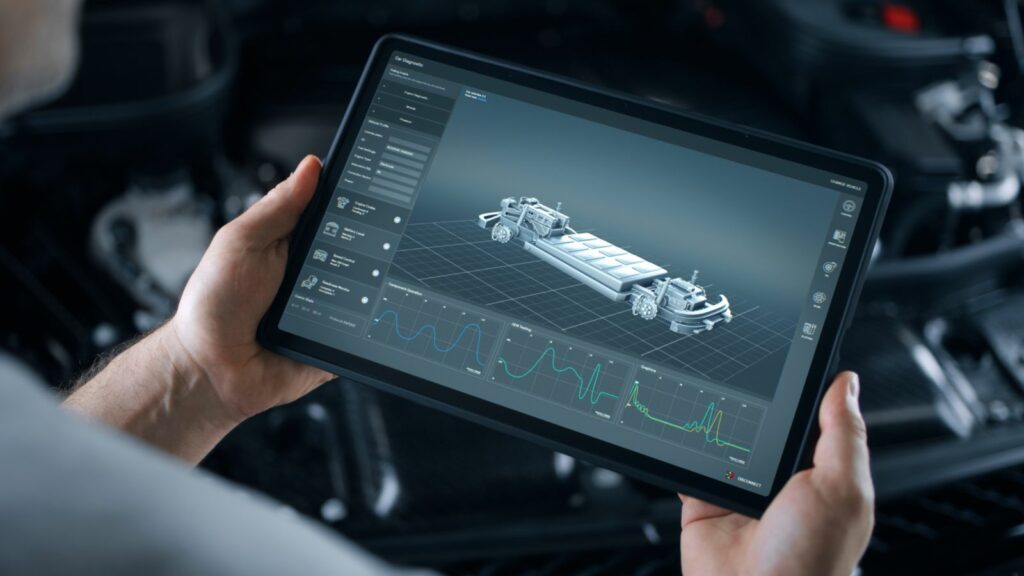The automotive industry constantly evolves, with engineers and designers pushing the boundaries of what’s possible. While some vehicles garner immediate acclaim, others fly under the radar despite their groundbreaking innovations and forward-thinking designs. These vehicles often introduce features and technologies that later become industry standards, making them true pioneers in the world of automotive design. Here are 13 such vehicles that have blown us away with their innovative designs.
Citroën DS (1955)
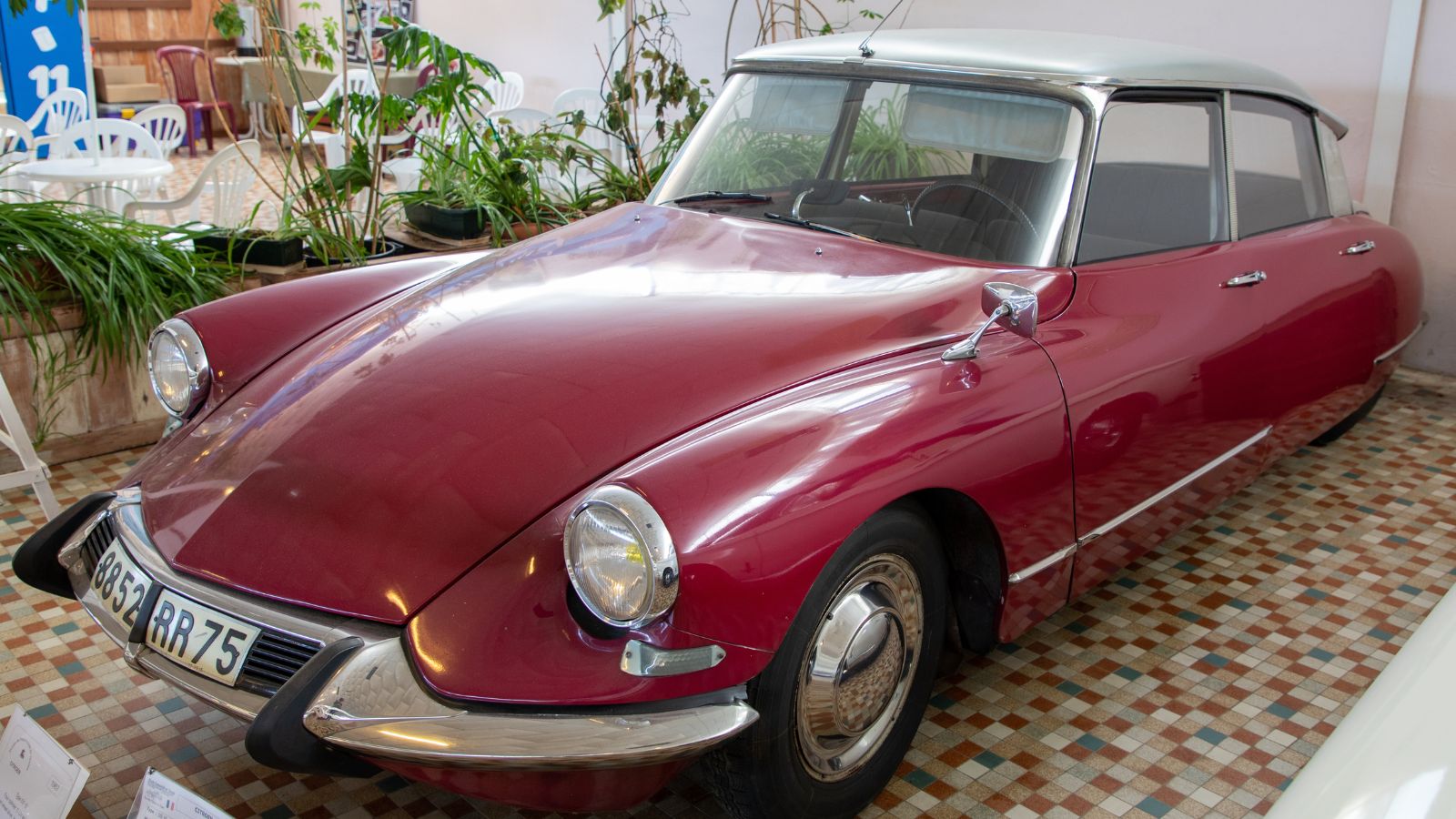
The Citroën DS, introduced in 1955, was a car far ahead of its time. Its futuristic design, characterized by its aerodynamic body and smooth lines, set it apart from anything else on the road. However, the real innovation lay beneath its surface. The DS featured a hydropneumatic self-leveling suspension system, which provided an exceptionally smooth ride and allowed the car to maintain a constant ride height regardless of load. This technology was revolutionary and influenced suspension systems in future vehicles.
Tucker 48 (1948)
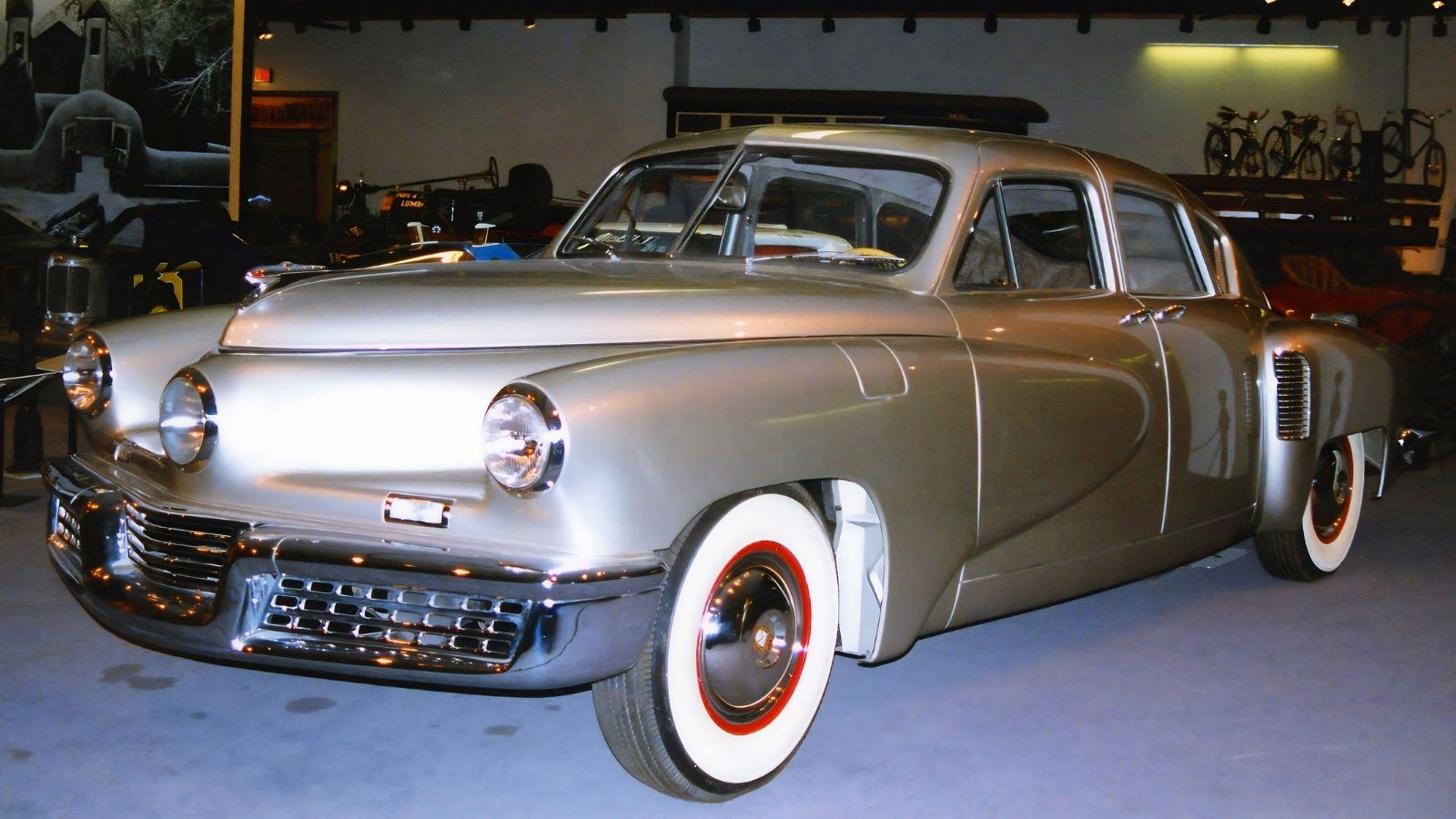
The Tucker 48, often called the “Tucker Torpedo,” was a car that embodied innovation. Created by Preston Tucker, this vehicle featured several safeties and technological advancements. It had a rear-mounted engine, a unique perimeter frame for added crash protection, and a padded dashboard. The Tucker 48 also introduced a “Cyclops Eye”—a centrally mounted headlight that turned with the steering wheel to illuminate the road around corners. Although only 51 units were produced, the Tucker 48’s legacy of innovation remains significant.
AMC Pacer (1975)
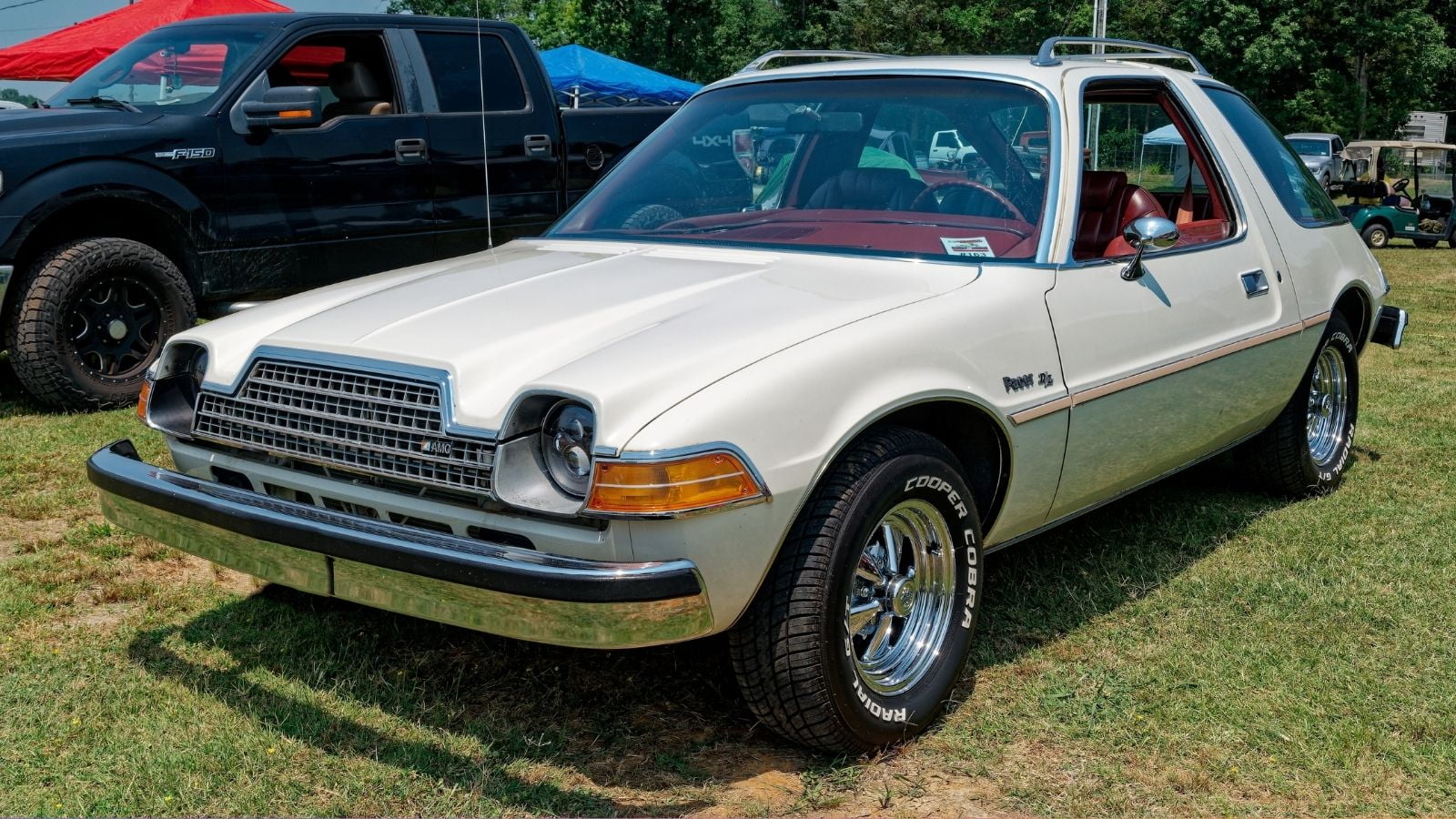
The AMC Pacer was a bold and innovative compact car introduced in 1975. Its wide-body design, unusual for a compact car, provided a spacious interior and a unique appearance. The Pacer was one of the first cars designed with aerodynamics in mind, featuring large glass surfaces that improved visibility and reduced drag. Despite its polarizing design, the Pacer’s focus on interior space and aerodynamics set it apart from its contemporaries.
Saab 99 Turbo (1978)
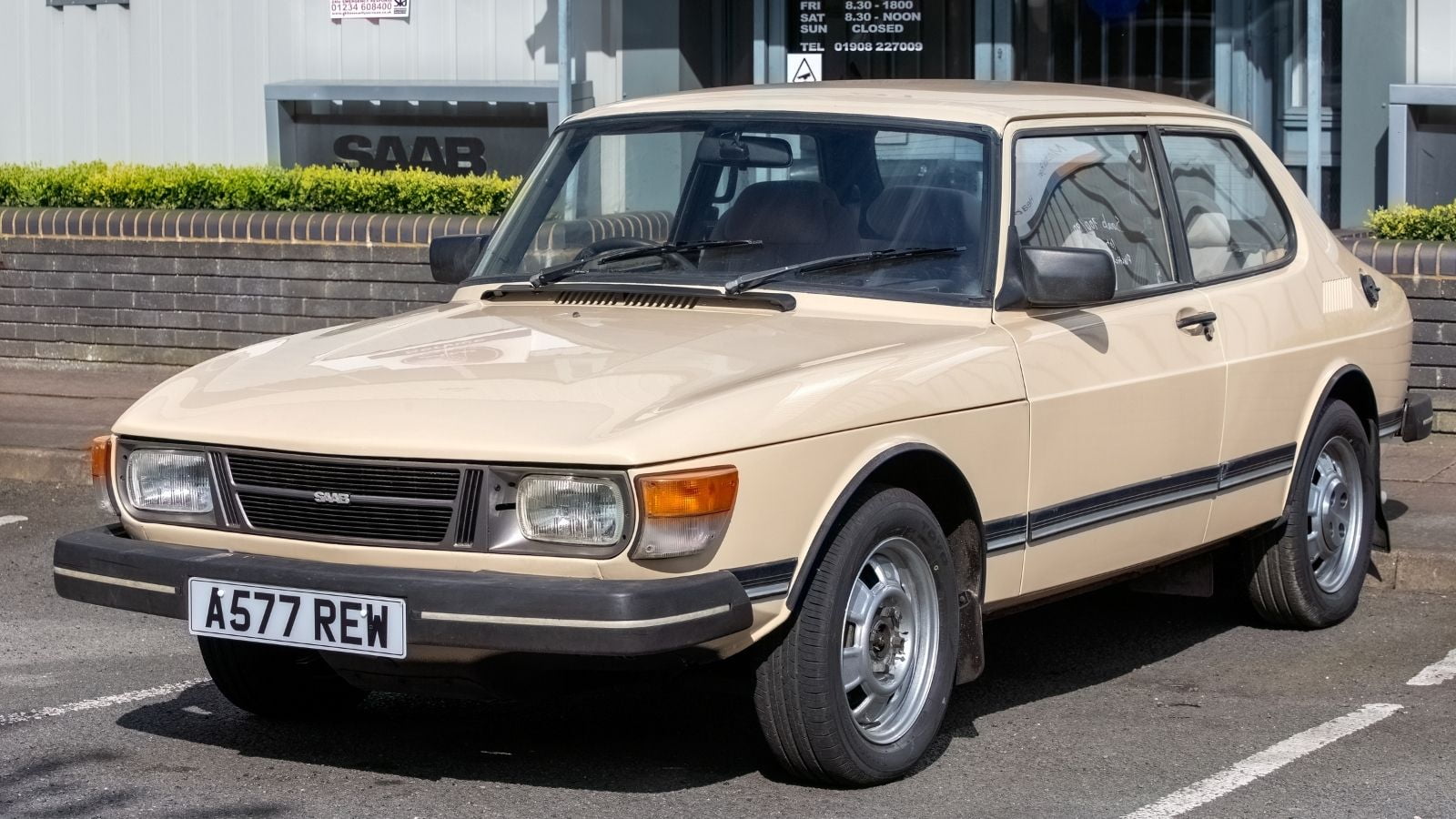
The Saab 99 Turbo, introduced in 1978, was one of the first cars to feature a turbocharged engine. This innovation significantly increased engine power without needing a larger engine, setting a precedent for future performance vehicles. The 99 Turbo’s design also included advanced safety features, such as a reinforced safety cage and side-impact protection. Saab’s focus on turbocharging and safety helped shape the future of automotive engineering.
DeLorean DMC-12 (1981)
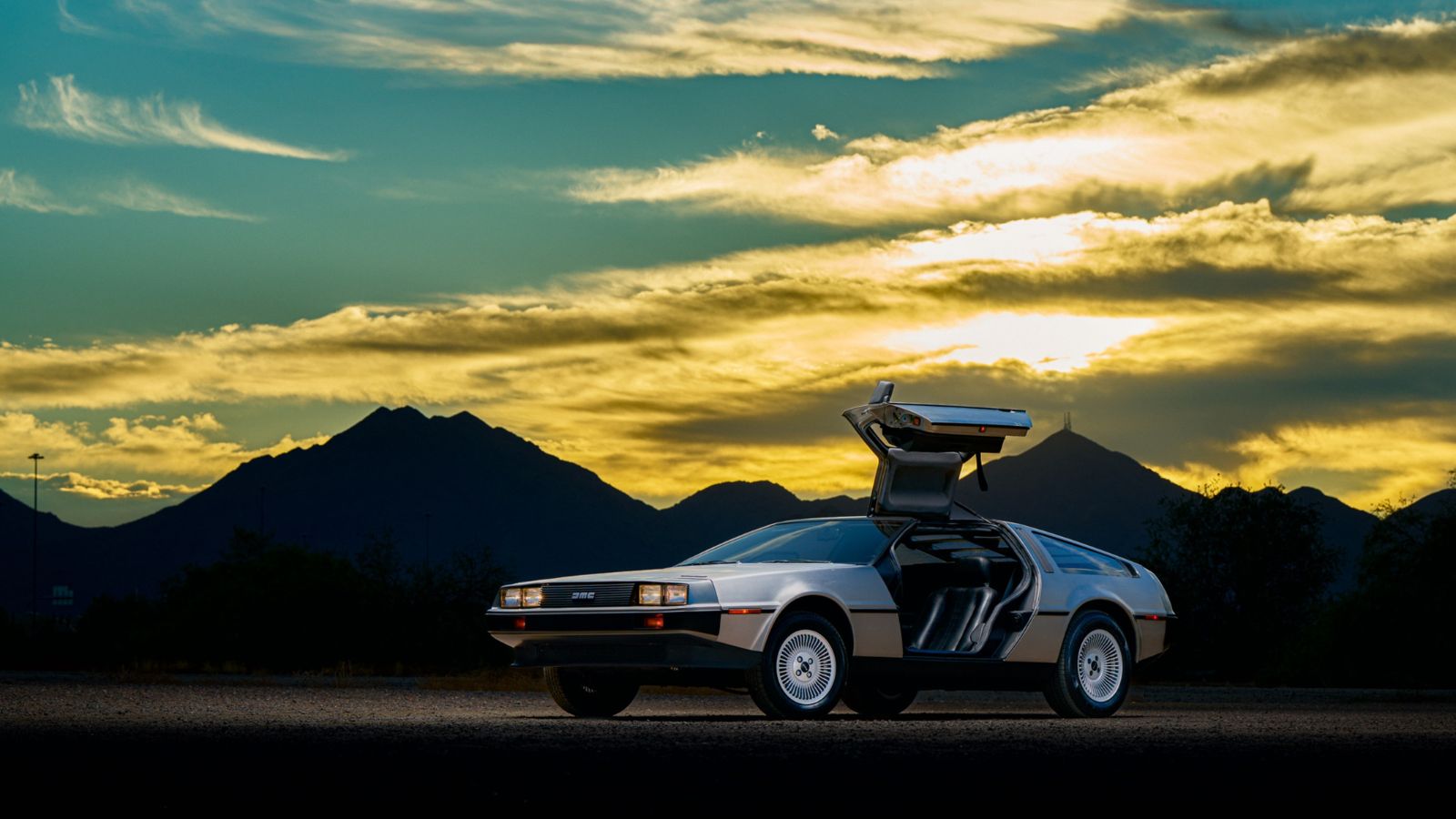
The DeLorean DMC-12 is perhaps best known for its role in the “Back to the Future” film series, but its innovative design merits attention. The DMC-12 featured gull-wing doors, a stainless-steel body, and a distinctive design by Giorgetto Giugiaro. Its rear-engine, rear-wheel-drive layout was unconventional for its time. Although its performance didn’t match its looks, the DeLorean’s design and cultural impact have made it an iconic vehicle.
Mazda RX-7 (1978)
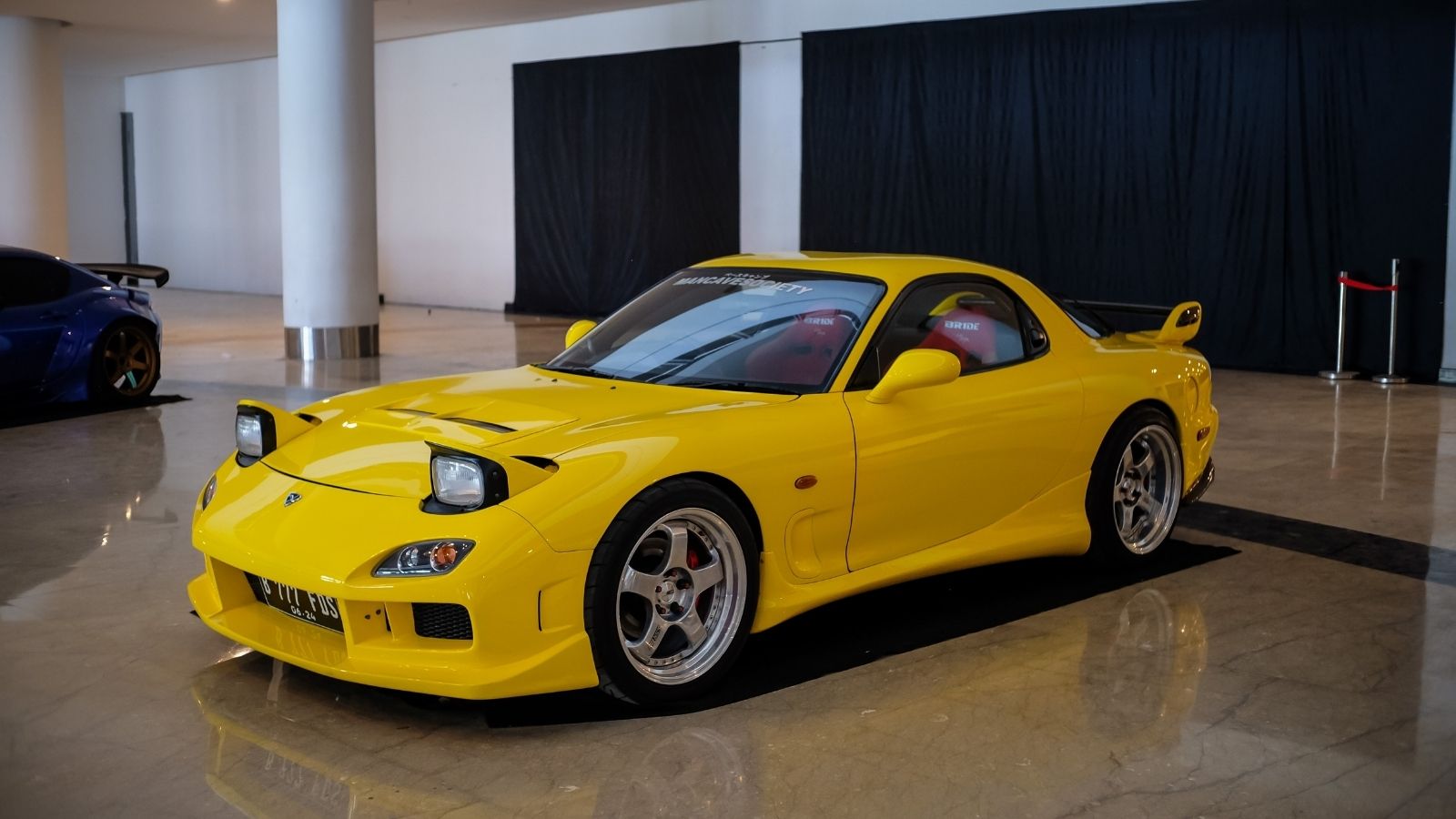
The Mazda RX-7, introduced in 1978, showcased the innovative rotary engine, or Wankel engine, which was a departure from traditional piston engines. This compact and lightweight engine provided high power output and smooth performance. The RX-7’s sleek design and excellent handling made it a favorite among driving enthusiasts. Mazda’s commitment to the rotary engine was a bold move that set the RX-7 apart from other sports cars of its era.
Subaru Brat (1978)
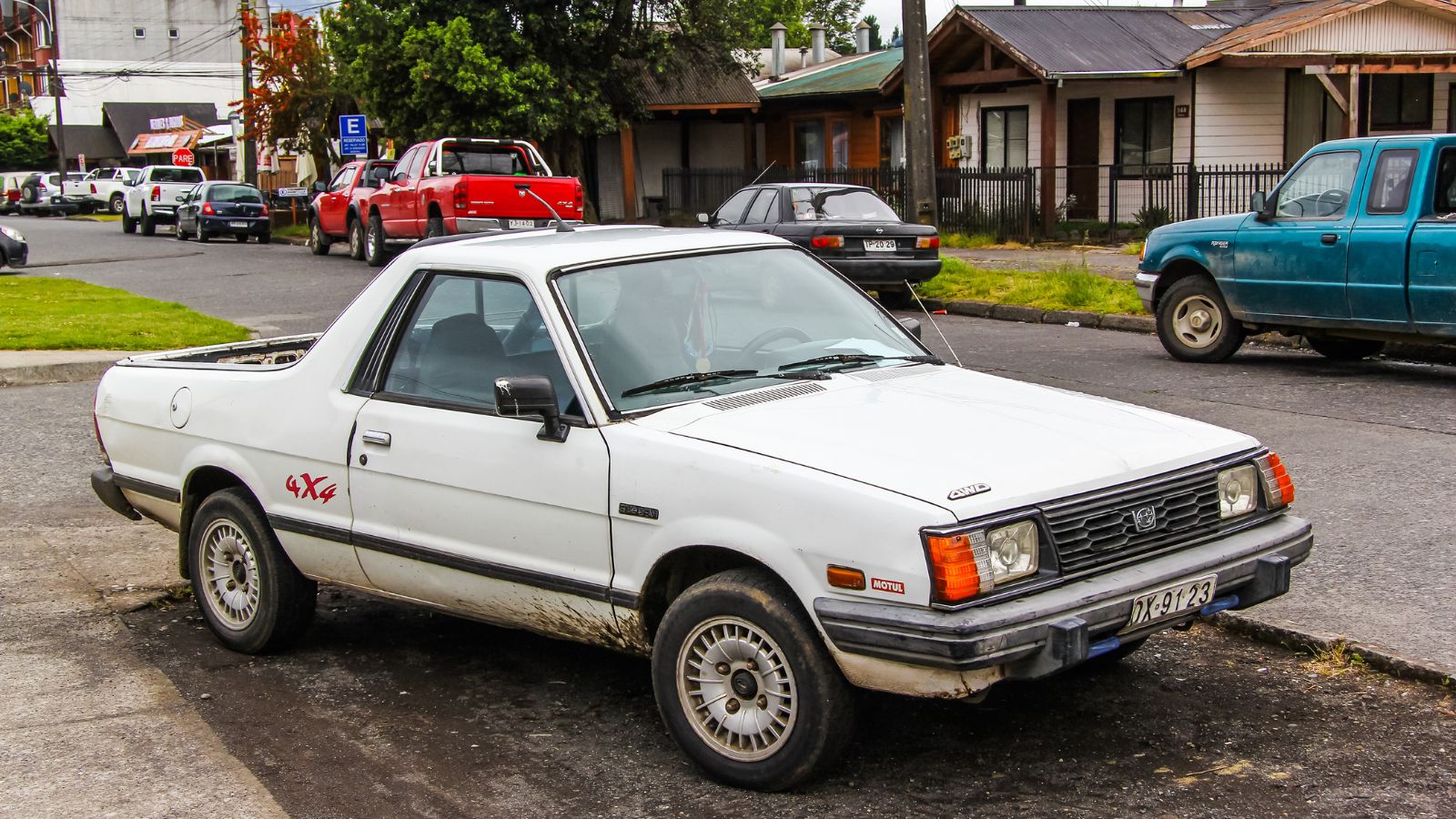
The Subaru Brat, introduced in 1978, was a unique blend of a passenger car and a pickup truck. This compact utility vehicle featured rear-facing jump seats in the cargo area to circumvent truck import tariffs, a clever workaround highlighting Subaru’s ingenuity. The Brat’s all-wheel-drive system, uncommon at the time, provided excellent off-road capability. Its practicality and ruggedness made it a precursor to modern crossover vehicles.
Audi A2 (1999)
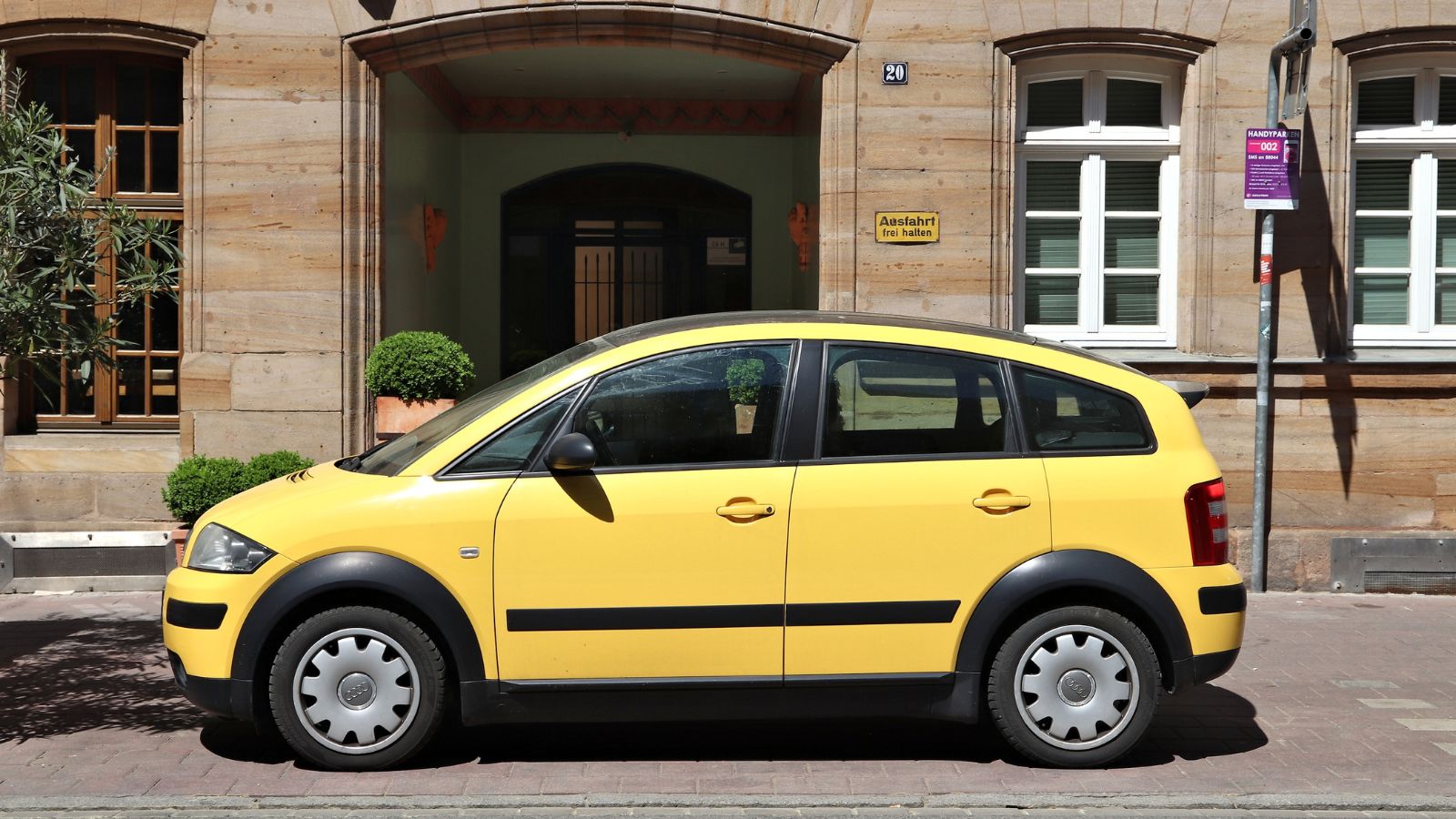
The Audi A2 was a forward-thinking vehicle introduced in 1999, designed with a focus on fuel efficiency and environmental sustainability. Its lightweight aluminum construction and aerodynamic design resulted in excellent fuel economy. The A2 was one of the first cars to achieve over 60 miles per gallon in real-world driving conditions. Despite its innovative approach, the A2’s high production cost and unconventional design limited its commercial success. However, its focus on efficiency and sustainability influenced future automotive designs.
BMW Z1 (1989)
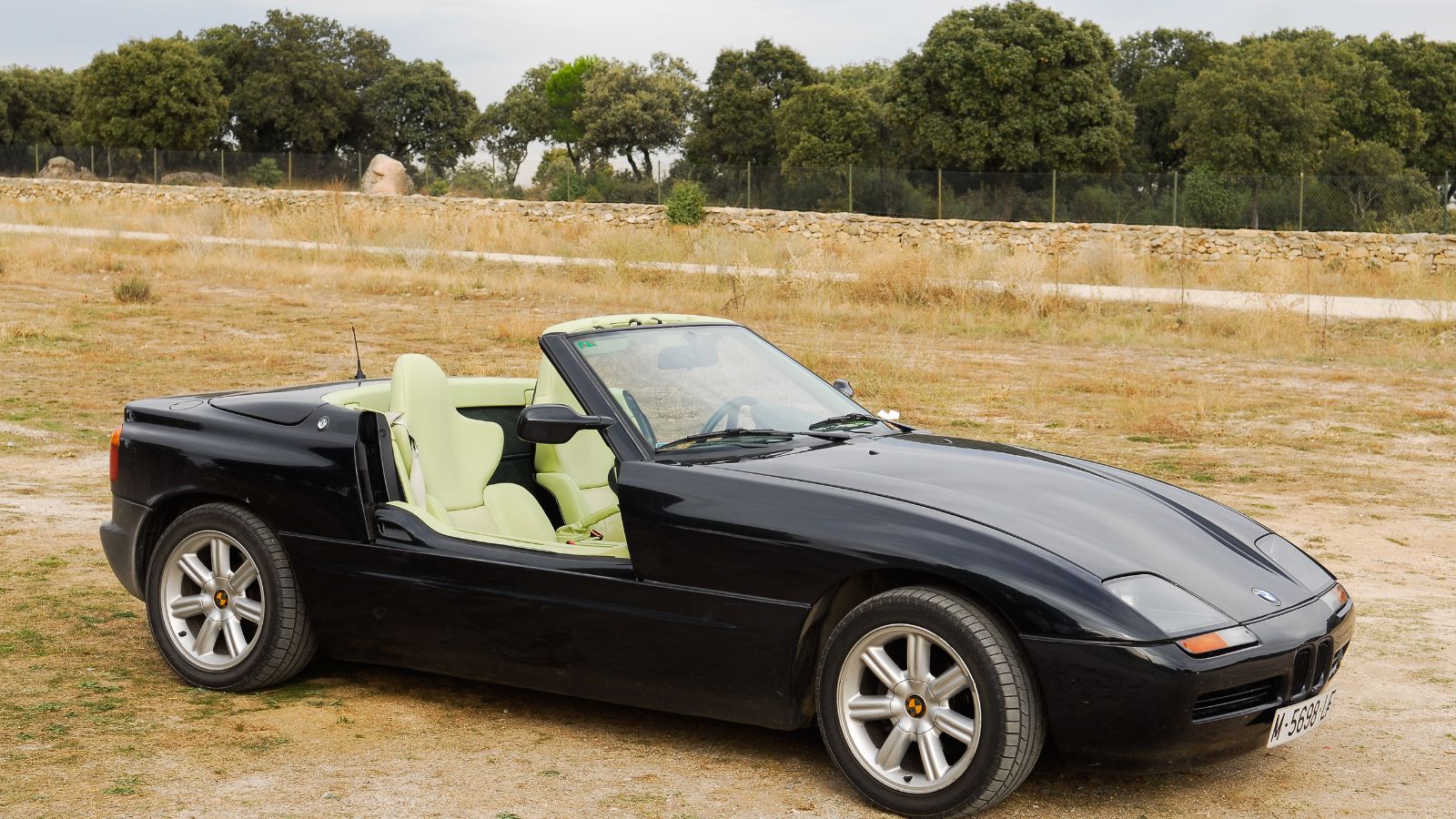
The BMW Z1, introduced in 1989, was a roadster that featured several innovative design elements. Its most notable feature was its vertically sliding doors, which retracted into the car’s body rather than opening outward. The Z1 was also modular, with easily replaceable body panels made from thermoplastic. This design allowed for customization and ease of repair. Although produced in limited numbers, the Z1’s innovative approach to design and construction showcased BMW’s engineering prowess.
Honda Insight (1999)

The Honda Insight, launched in 1999, was the first hybrid vehicle in the United States. Its aerodynamic shape, lightweight construction, and hybrid powertrain combined to deliver exceptional fuel efficiency. The Insight’s Integrated Motor Assist (IMA) system used a small electric motor to assist the gasoline engine, improving performance and reducing emissions. The Insight paved the way for the widespread adoption of hybrid technology in the automotive industry.
Chrysler Turbine Car (1963)
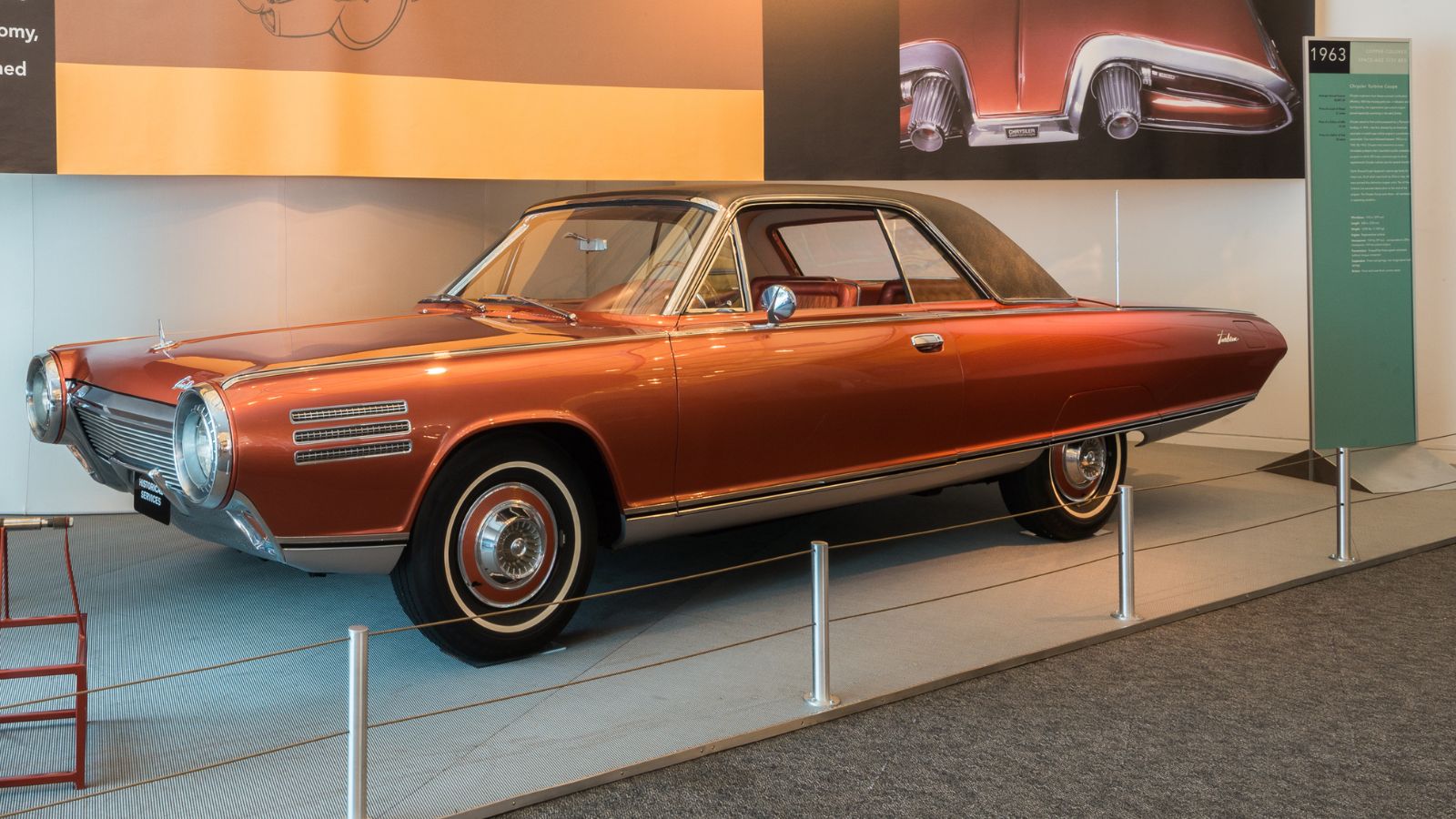
The Chrysler Turbine Car, produced in 1963, was an experimental vehicle powered by a turbine engine rather than a conventional piston engine. This innovative powerplant could run on various fuels, including gasoline, diesel, and even vegetable oil. The turbine engine offered smooth and quiet operation and fewer moving parts, which meant lower maintenance costs. Although only a few prototypes were produced, the Turbine Car demonstrated the potential for alternative power sources in automotive design.
NSU Ro 80 (1967)
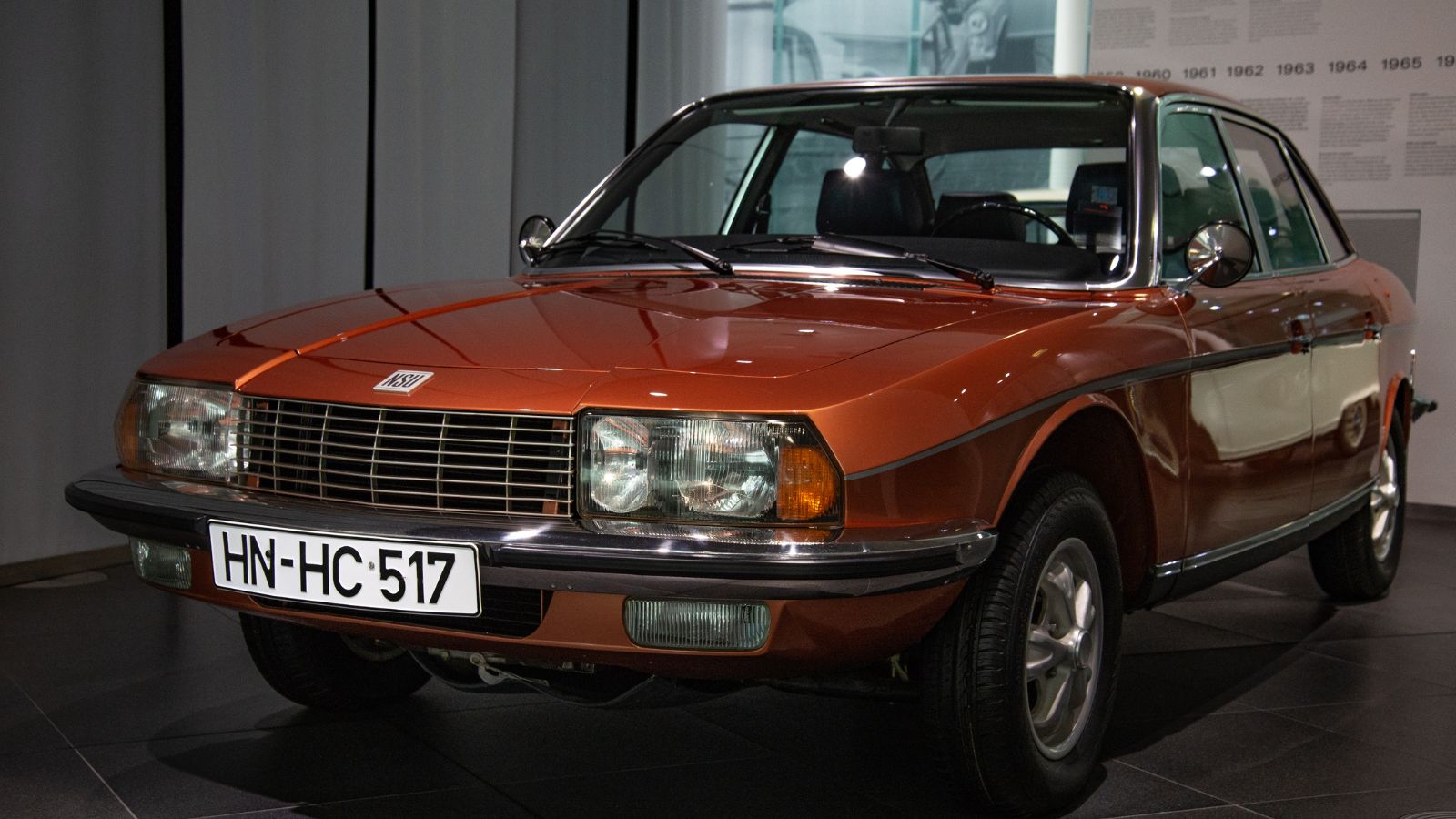
The NSU Ro 80, introduced in 1967, was a luxury sedan that featured the revolutionary Wankel rotary engine. This engine was compact and lightweight, providing smooth and powerful performance. The Ro 80 also boasted an advanced aerodynamic design with a low drag coefficient, contributing to its fuel efficiency. Despite early reliability issues with the rotary engine, the Ro 80’s innovative design and engineering influenced future automotive developments.
Lancia Stratos (1973)

Introduced in 1973, the Lancia Stratos was a purpose-built rally car that revolutionized motorsport. Its mid-engine layout, short wheelbase, and lightweight construction provided exceptional handling and performance. The Stratos dominated the World Rally Championship in the mid-1970s, showcasing the effectiveness of its innovative design. Its influence can be seen in many modern rally and sports cars, making the Stratos a true pioneer in automotive design.
14 Cars with a Reputation for Running Forever and Why They Outperform the Rest
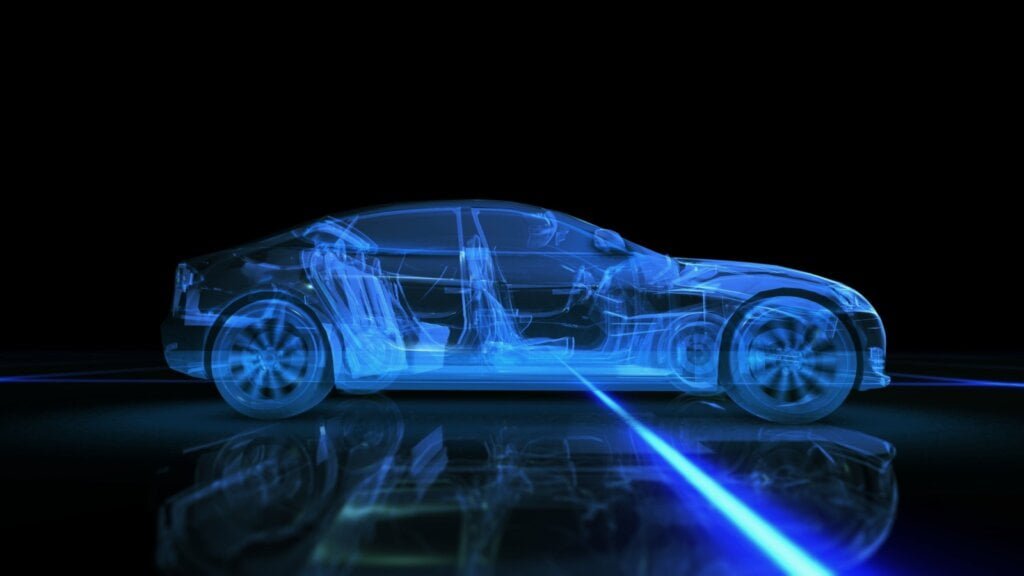
In the dynamic world of automobiles, some cars stand out for their remarkable longevity and enduring performance. These road warriors have earned a reputation for running seemingly forever, outpacing their counterparts. This article will explore 14 such vehicles and the reasons behind their legendary durability.
14 Cars With A Reputation For Running Forever And Why They Outperform The Rest
